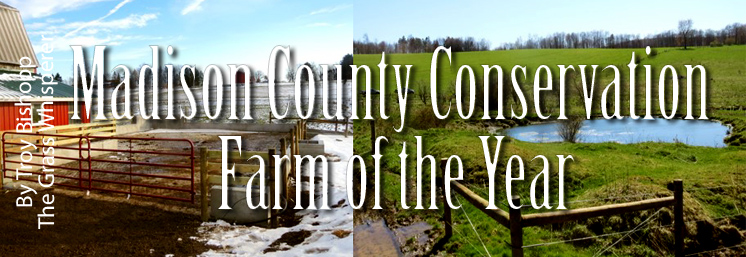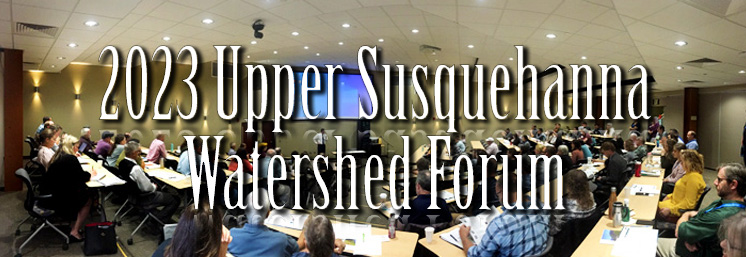By: Laura Grant, USC Buffer Team
Background:
Oak Wilt is yet another pest threatening the health of our forests in New York and beyond. The Oak Wilt fungus, Bretziella fagacearum, believed to be introduced from Central or South America, could have devastating effects on our forests. Oak Wilt is classified as a vascular disease meaning that the fungus interrupts the transport of water and sugars with the result being wilting foliage, known as flagging. Flagging is often the first symptom that your oak tree might be infected. Beginning in May, generally at the top of the canopy, individual leaves will turn brown from the tip of leaf inward. In red oaks, this disease spreads rapidly, killing trees in a year or less. White oaks, are more resilient to the disease but are not resistant and can further the spread if no action is taken.
How Does it Spread?
Oak Wilt has two methods of spreading. When trees grow close together, their roots intermingle; this intermingling is known as root grafting. Root grafting usually is a beneficial process making trees more resistant to wind throw, and allowing trees to share resources. Oak trees infected with oak wilt not only share water and sugar through these root grafts, but the fungus as well.
Around springtime, the fungus begins forming fungal mats just under the bark of infected oaks. As the spores mature, the fungus produces a scent similar to that of stale beer. This smell attracts sap-feeding beetles and bark beetles, who collect the spores as they explore the infested tree. As these beetles travel from tree to tree, they deposit these fungal souvenirs onto non-infected trees. All the fungus needs is a wound and it can start an entirely new infection.
How to Stop the Spread:
- Don’t prune in June! Although not quite as catchy, do not prune oak trees between May and September. During this window, the beetle vectors are active and can readily spread the fungus. Wait until winter to prune your trees. If you hire a contractor between May and September ask that the oaks not be pruned until winter.
- Don’t transport firewood! The beetles and fungus can be present in cut logs. Transporting wood in and out of infected areas will proliferate the disease. Firewood harbors all sorts of environmental fugitives, emerald ash borer was spread this way which will result in the death of more than 900 million trees across NYS. For more information visit dontmovefirewood.org.
- Detect and report! Are your oaks experiencing a fall color change in August, noticing some flagging on oak trees in your local park? Call someone. Your local Cornell Cooperative Extension, Soil and Water office, or regional DEC office are all equipped to report infestations to the regulating authority. DEC has regional offices in both Cortland (607-753-3095) and Kirkwood (607-775-2545).
- Hire qualified tree care workers. There are many tree services around the state. Make sure you hire one with a certified arborist on staff. Certified arborists are required to attend educational workshops where they are kept up to date with tree care techniques and new invasive pests. To find an arborist in your area you can visit the Trees are Good website.




